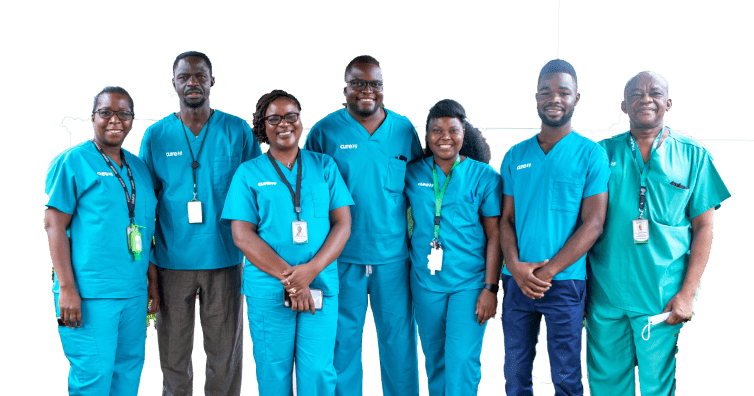Zambia’s First Ear Nose and Throat Temporal Bone Dissection Lab
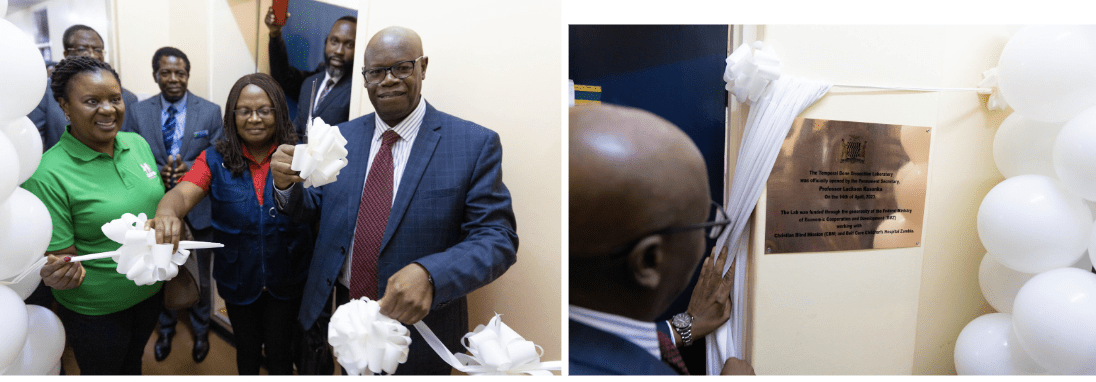
Hearing is an essential sense that connects us to the world around us. It allows us to communicate, learn, work, and participate in social activities. If unaddressed, hearing loss can impact an individual’s social, emotional, and economic well-being, and it is linked to cognitive decline, depression, and social isolation.
According to the World Health Organization, approximately 1.5 billion people worldwide suffer from hearing loss, and this number is expected to increase to 2.5 billion by 2050. In addition, there is a scarcity of ENT specialists on the continent, with only a few thousand specialists to serve the needs of millions of people, and Zambia is not spared as it currently only has five ENT surgeons.
It is for this reason that the German Government, through the Federal Ministry for Economic Cooperation and Development (BMZ), in partnership with the Christian Blind Mission (CBM) and Beit-CURE Children’s Hospital of Zambia, on 14 April 2023, commissioned a new ear nose throat (ENT) temporal bone dissection laboratory at the University Teaching Hospital of Zambia (UTH), the first of its kind in Zambia.
What is a temporal bone dissection lab?
A temporal bone dissection lab is a specialized facility designed to teach students and professionals in the field of Otorhinolaryngology (ear, nose, and throat medicine) how to dissect and study the complex structures of the temporal bone. A temporal bone is a critical component of the skull that houses the structures of the ear and plays an essential role in hearing and balance.
The new ENT lab is equipped with all the necessary tools and equipment for conducting safe and effective dissections. It has surgical instruments, dissection kits, and microscopes that allow students to perform detailed and intricate dissections of the temporal bone. The lab also has a video recording system that allows instructors to monitor and provide feedback to students during the dissection process.
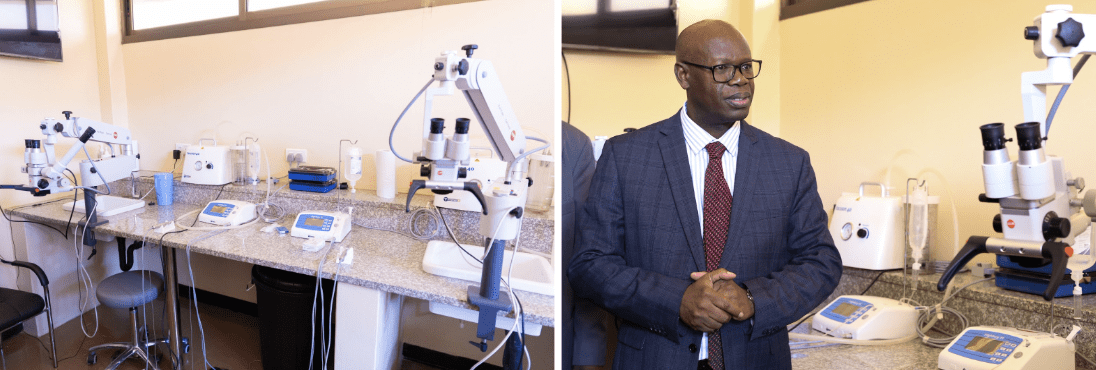
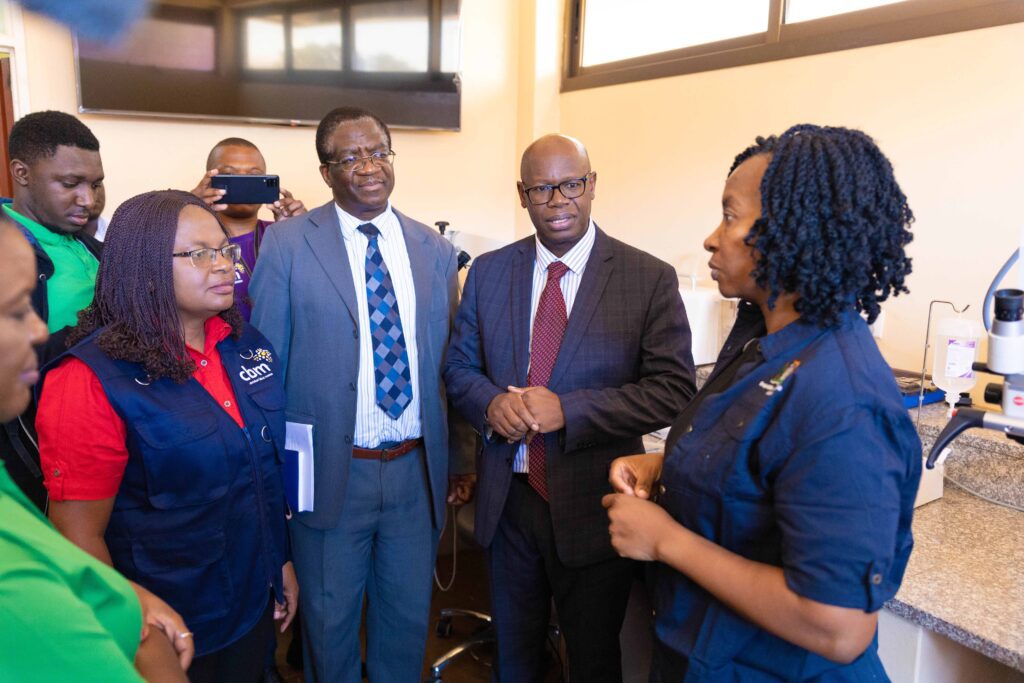
Officiating the launch, Former Permanent Secretary Ministry of Health and Professor Lackson Kasonka said, “Zambia, like many other low- and middle-income countries, faces a severe shortage of healthcare workers, especially in specialized fields such as ENT. This is a major challenge as it impacts the country’s ability to provide high-quality ear and hearing healthcare to its population. I would like to commend the efforts that the University Teaching Hospital of Zambia and Beit-CURE Children’s Hospital of Zambia are making to bridge the gap in providing a safe space for children and adults, as they are the only hospitals that provide comprehensive ENT medical care in the country.”
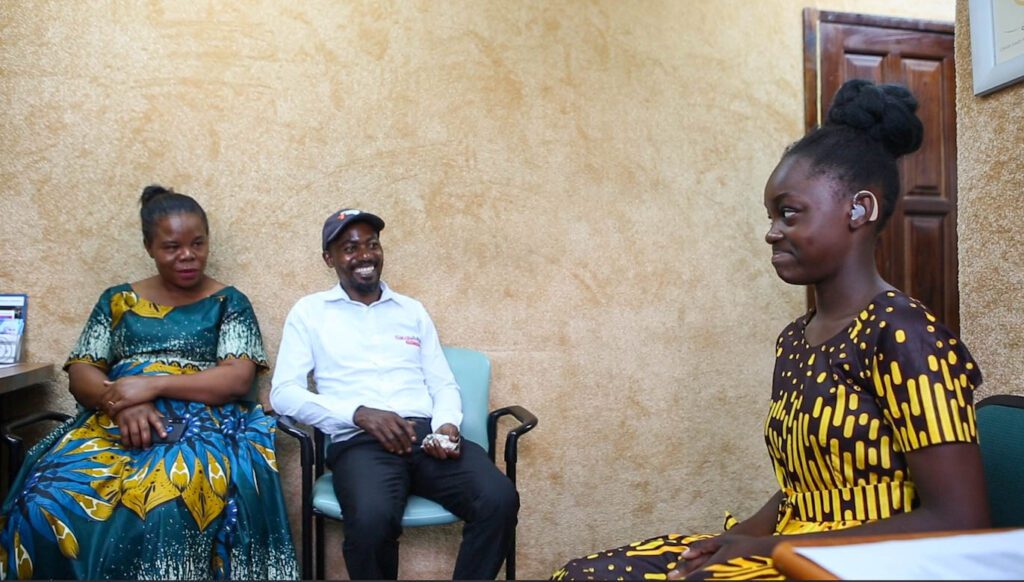
Strengthening ENT healthcare
Currently, Zambia only has five ENT surgeons that cater to the needs of the increasing prevalence of hearing loss and ear diseases among people of all ages. CURE Zambia’s ENT department houses two of the five ENT surgeons, Dr. Haben Birhane and Dr. Racheal Hapundca, who, on average, see about 650 patients per month with ear, nose, and throat diseases. Training will help local healthcare workers better serve more of Zambia’s children with ENT needs.
This new facility will provide ENT students with a unique opportunity to gain hands-on experience in the dissection of the temporal bone, develop their skills in complex surgeries, and learn from their mistakes in a controlled environment. CURE Zambia will play an integral role in assisting the government by working with various ENT partners to facilitate ENT temporal bone dissection training–helping to source funding and plan needed courses. Next year, the University of Zambia will launch the Master of Medicine in ENT program, and the lab will be a key resource in the program.
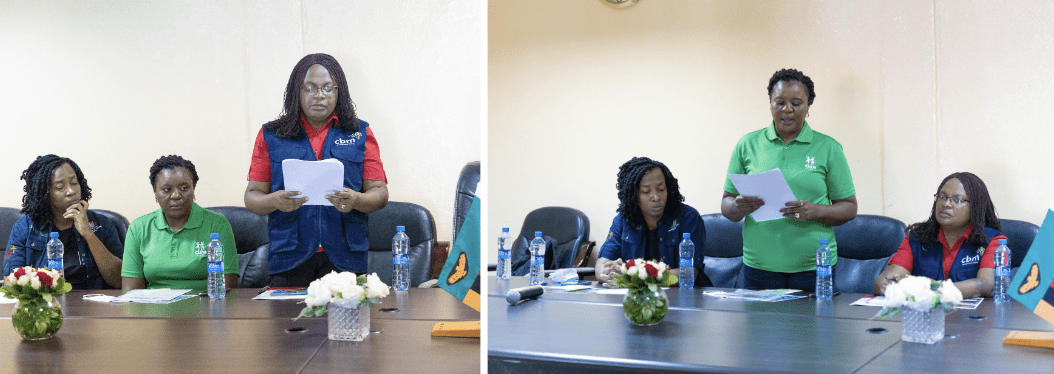
For over a decade, Beit CURE Zambia has collaborated with the Christian Blind Mission (CBM) in several ways. CBM has continued to provide financial and technical support to the hospital to help it deliver and improve services to reach more vulnerable children with disabilities.
This collaboration between CBM and Beit CURE Hospital is an important example of how organizations can work together to contribute towards the government’s effort to improve the lives of people with disabilities, especially those from underserved communities.
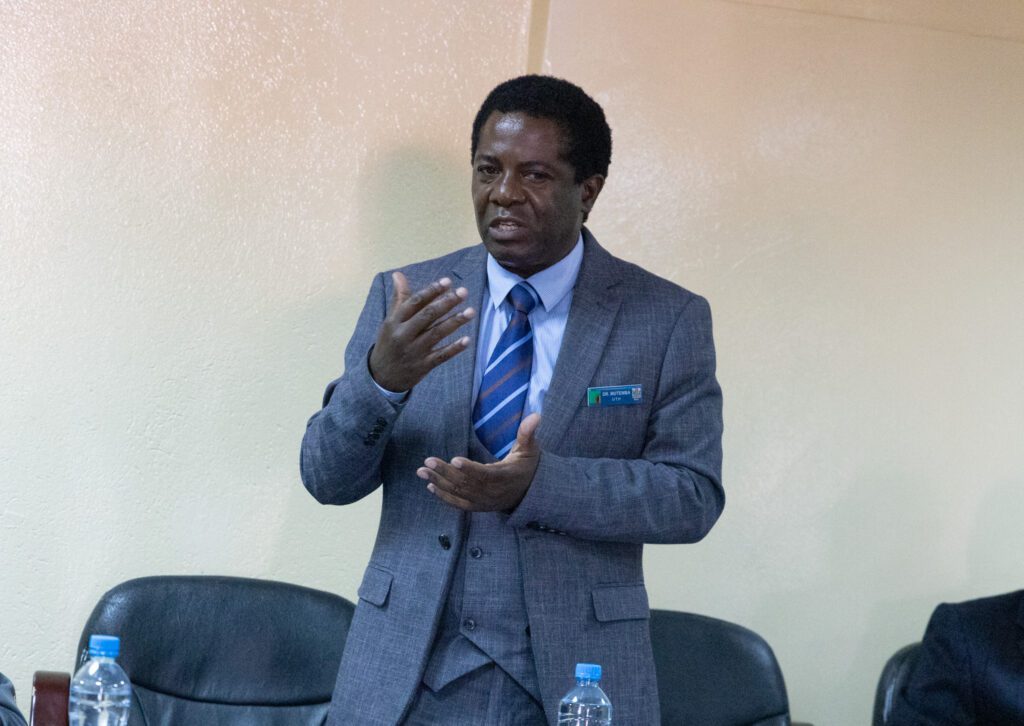
Speaking at the ceremony, University Hospital Director of Clinical Care and Diagnostics, Dr. Charles Mutemba, said, ‘’As a teaching hospital, we are grateful for this gesture as it is a game changer and a milestone for Zambia. It will go a long way as all the ENT specialists that we currently have in the country were trained abroad. The ENT temporal bone dissection laboratory has paved the way for the training of more ear, nose, and throat professionals in Zambia to help serve the growing number of ENT cases in the country.’’
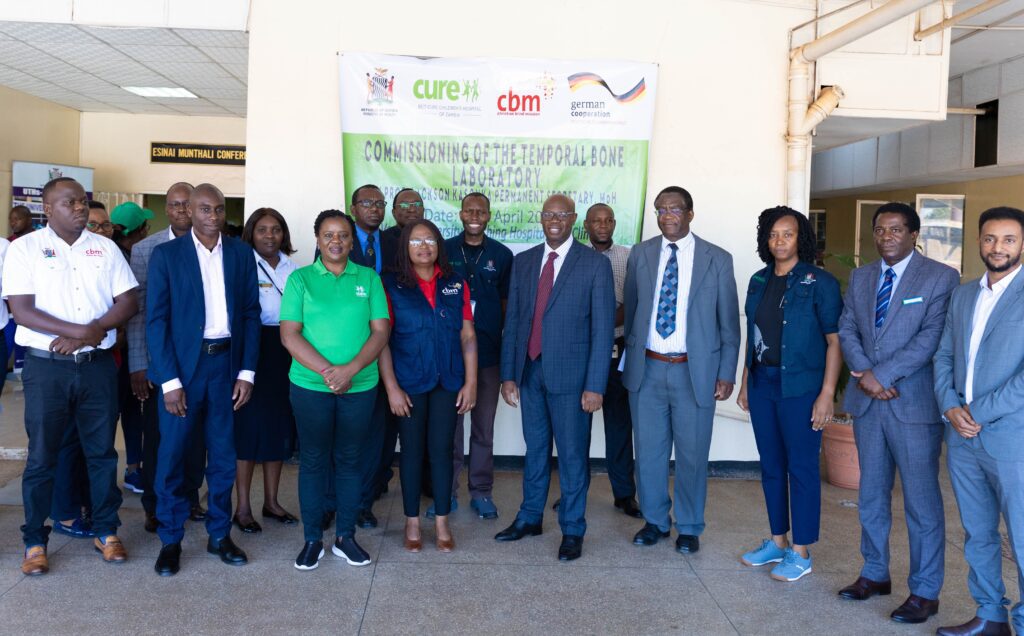
Click here to learn about how CURE Zambia treats ENT conditions.
About the Beit-CURE Children’s Hospital of Zambia
Established in 2006, CURE Zambia performs over 2,500 life-changing reconstructive, orthopedic, ENT, and audiological surgeries each year for children suffering from treatable disabilities. Strategically located in Lusaka, the teaching hospital comprises six buildings, 54 beds, and three operating theatres. In addition to world-class clinical service, CURE Zambia ministers to the emotional and spiritual needs of patients and their communities. The Beit Trust, a UK-based charity, provided the funding for this facility as a centennial gift to the people of Zambia. CURE Zambia is a strategic partner with the Ministry of Health.

